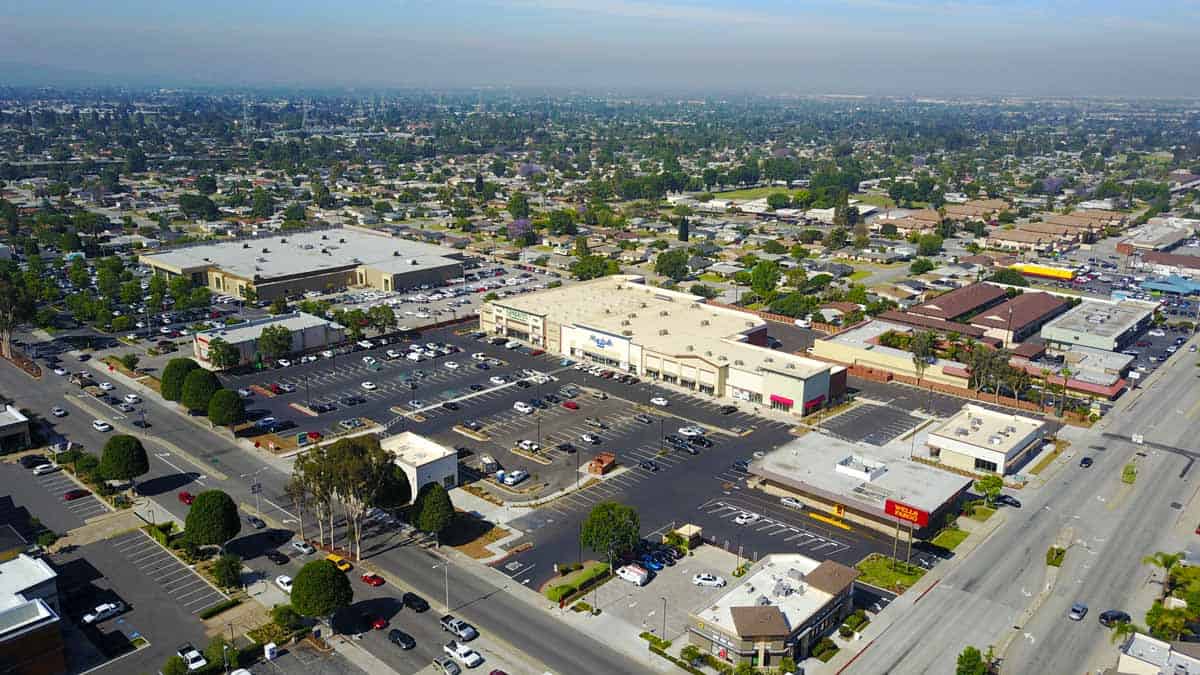
US Retail Rent Collections Falter in November
US retail rent collections reversed course in November, following several months of consistent growth. Last month they declined .41%, according to data from Datex Property Solutions’ tenant track report.
Retail rents collections posted its first major reversal in April, falling a startling 35% from March; however, since the initial market disruption, rent collections have steadily increased.
“Thanks to constructive action between landlords, tenants, municipalities—easing permitting on outdoor activities—retailers course correcting when they could for COVID, and the PPP loans, which provided a backstop, a lot of businesses were saved and a rebound began. Each of these pieces was integral and as a result we saw six straight months of collections growth. In November, we’d squeezed the last bit of toothpaste out of the tube, and were essentially flat,” Mark Sigal of Datex Property Solutions, tells GlobeSt.com.
Regional tenants drove the decline in rent collections. accounting for nearly the total declines. National retailer rent collections actually increased for the month. “I think that two big factors are at work here. One is the basic truth that National Tenants have stronger balance sheets and better access to sources of capital than mom and pops,” says Sigal. “As a result, they are better fiscally prepared to weather the storm. The other thing that is COVID -specific is the fact that not all markets were affected the same way at the same time, especially across certain retail categories. At least in theory this suggests that nationals are a bit hedged against existential risk, resulting in better payment patterns.”
In addition to “squeezing” the last of the funding out of the tube in November, retailers are also struggling with new safety restrictions and stay-at-home orders due to an increase in COVID-19 cases. Sigal is concerned that this could put more pressures on already struggling tenants. “I am concerned,” he says. “Tenants and landlords have already weathered a lot, and they still have to bridge the gap another 90-120 days to get to vaccine at scale.”
The timing of the lock down—in the middle of the holiday shopping season—will also impact retailers. “We all know what Christmas represents for retail. But everyone also goes out and eats, drinks, attends work parties at bars and restaurants,” says Sigal. “There’s lots of holiday parties, going to the movies, and everyone wants to look nice, which means hair and nail salons do well this time of year. That’s not going to happen as much this year. For some categories, that is not going to happen at all.”
Another round of PPP funding would help retailers weather the storm, but Sigal is also reassured by the last 10 months of strong landlord-tenant partnerships. “The pandemic has made me a believer that landlords and locals can figure it out. Every situation is unique, but one thing that COVID has forced landlords to do is spend more time with their tenants,” says Sigal. “This has led them to understand their businesses better, and taken the form of rent relief, joint marketing and loan assistance, as was the case with the PPP loans. Both sides need each other, which is what makes retail so special and unique as an asset class.”
From Globest.com. Click here for the full article
